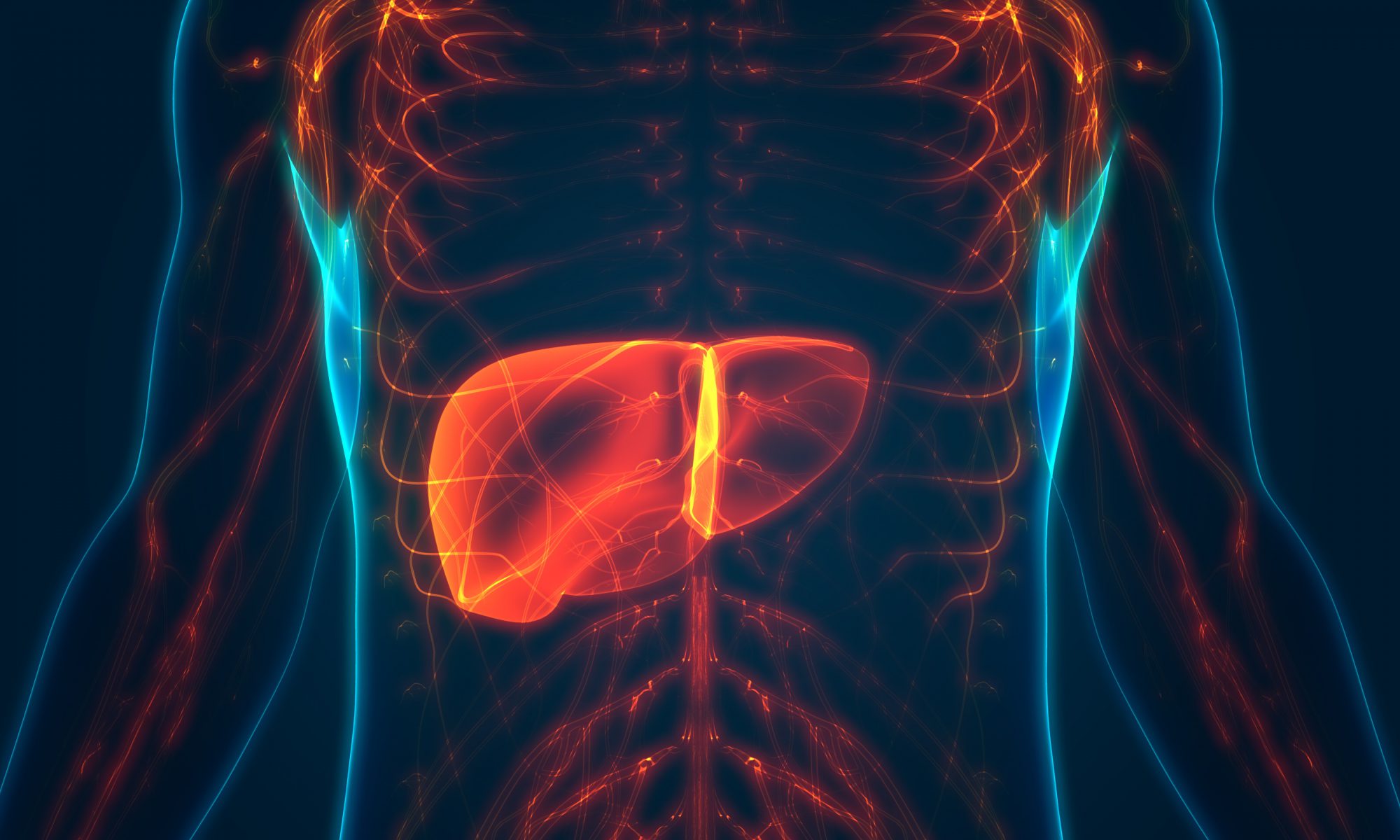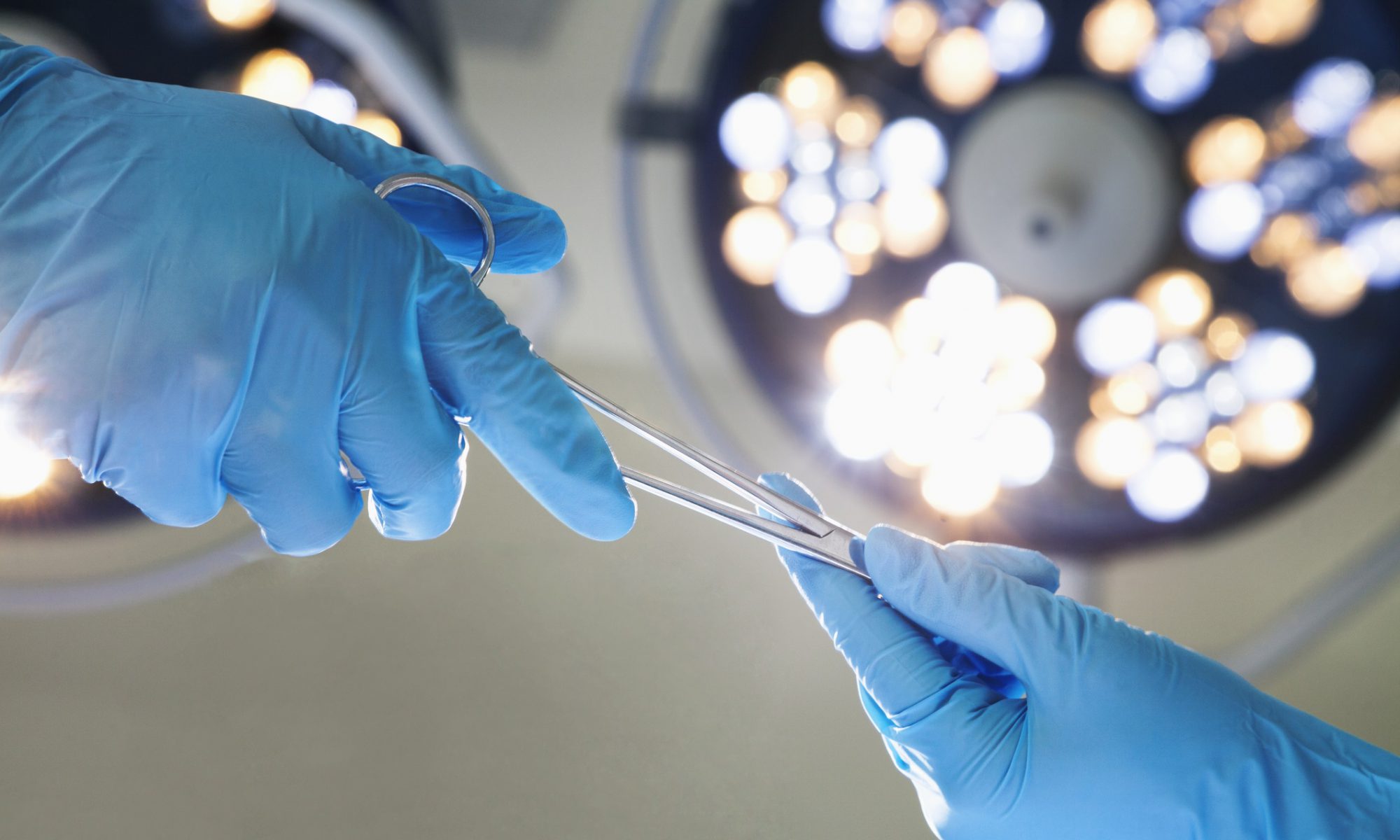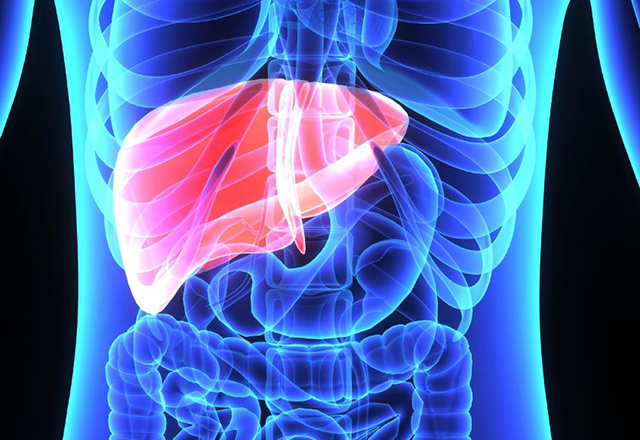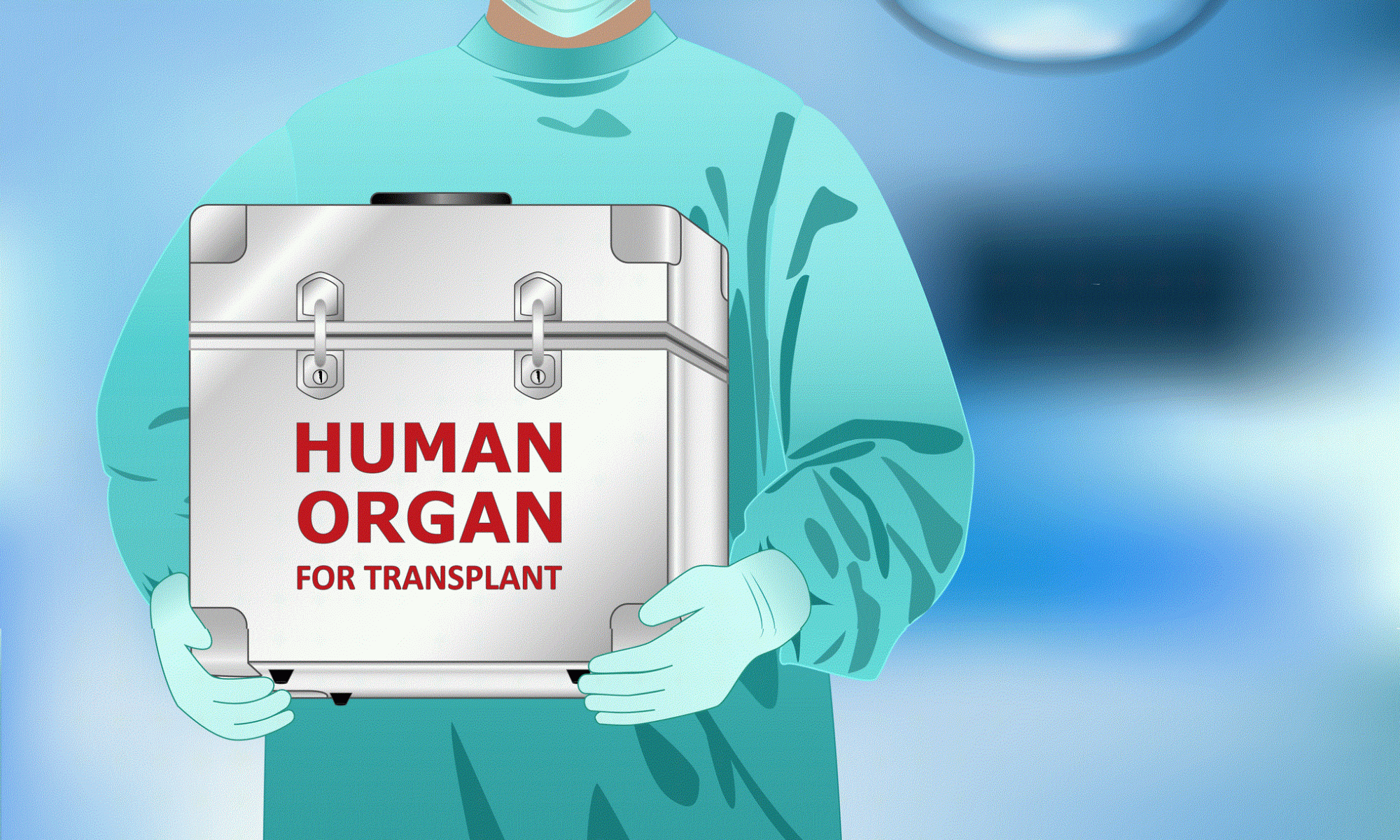LONDON — Early liver transplantation within 7 days of listing was linked to improved 90-day and 1-year survival among patients with grade 3 acute-on-chronic liver failure, according to data presented at the International Liver Congress.
“Currently, the ideal time frame between listing and liver transplantation to achieve optimal patient outcome in [grade 3 acute-on-chronic liver failure] is not known,” Joseph J. Alukal, MD, of Platinum Hospitalists and Spring Valley Hospital Medical Center in Nevada, told Healio. Read more in Healio.



